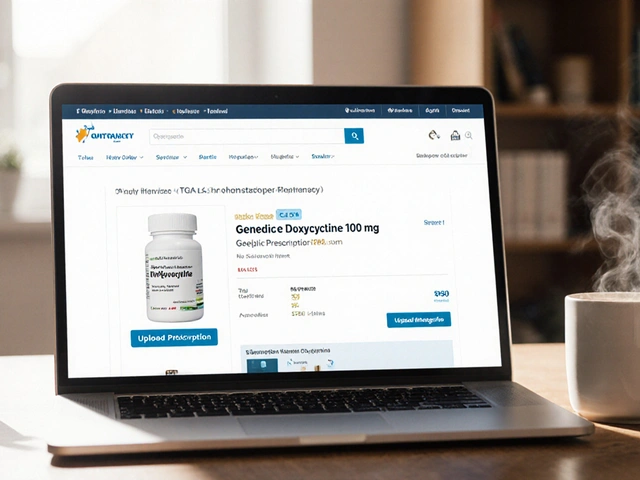Erythromycin uses: what it treats and how to use it
Erythromycin is a common antibiotic doctors choose when penicillin isn't suitable or for specific infections. It stops bacteria from making proteins so they can’t grow. You’ll see erythromycin used for chest and throat infections, some skin infections, ear infections, certain sexually transmitted infections, and as an eye ointment for newborns to prevent bacterial eye problems. It’s also used to treat pertussis (whooping cough) and, at low doses, to help with slow stomach emptying (gastroparesis) for short periods.
The drug comes in many forms: tablets and capsules, an oral liquid, topical creams and gels, eye ointment, and intravenous (IV) injections in hospitals. The route depends on the infection—topical for skin, eye ointment for conjunctivitis, oral for most outpatient infections, and IV for severe cases. Which form you get matters, so follow your prescriber’s choice.
Dosage depends on the condition. For adults treating common infections, you’ll often see 250–500 mg taken every 6–12 hours. Children get weight-based doses, so never use an adult pill for a child without a doctor’s instruction. Always finish the full prescribed course even if you feel better; stopping early raises the chance the infection will come back or the bacteria will become resistant.
Side effects and when to get help
Common side effects are stomach upset, nausea, diarrhea, and a metallic taste. These usually ease after a few days. Less common but serious problems include liver inflammation and heart rhythm changes (QT prolongation) that can cause dizziness or fainting. Stop the drug and seek urgent care if you get severe abdominal pain, yellowing of skin or eyes, chest pain, fainting, or signs of a bad allergic reaction like hives, swelling, or trouble breathing.
Drug interactions and safety tips
Erythromycin affects liver enzymes that break down many medicines. That means it can raise levels of drugs such as some statins, certain anti-arrhythmics, warfarin, some anti-seizure medicines, and certain HIV drugs. Tell your doctor about everything you take, including supplements and over-the-counter drugs. If you have liver disease, a history of irregular heartbeat, or are pregnant or breastfeeding, mention that too—some forms are preferred in pregnancy and others are avoided.
Practical tips: read the label—some formulations are better with food to cut nausea, others are taken on an empty stomach. If you miss a dose, take it as soon as you remember unless it’s almost time for the next one—don’t double up. If vomiting prevents you from keeping oral doses down, call your clinician; an IV dose or a different antibiotic may be needed. Store the medicine away from heat and moisture, and keep the liquid form refrigerated if the label says so.
If you’re unsure why erythromycin was chosen, ask your clinician or pharmacist. They can explain the expected duration, what side effects to watch for, and whether follow-up tests are needed. Clear instructions and finishing the course give you the best chance to cure the infection and avoid resistance.




